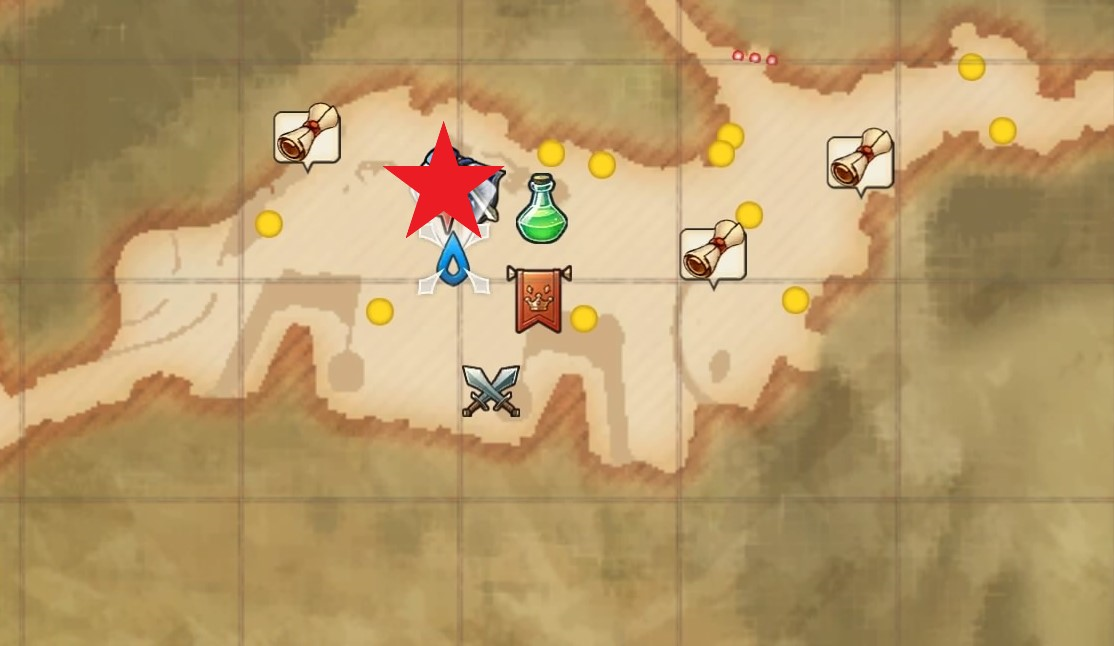
A significant density contrast is also likely to exist at the Moho, and hence play an important contributory part of the gravity anomaly.

However, density variations within the sediments can produce a significant contribution to the observed gravity data, which adds complexity. Where a density contrast at the basement exists, gravity data may also be used to invert for basement depths. Basement rocks have a much higher susceptibility therefore, recordings of the magnetic field at the surface can generally be considered to be derived from the basement. In general, sediments have a very low susceptibility, and for interpretation purposes can often be considered to be non-magnetic.

This is due to the fact that the basement rocks usually have a distinctive magnetic susceptibility contrast with respect to overlying sedimentary rocks. (Source: Getech) In the absence of large volcanic provinces, magnetic data is generally a more robust tool for depth-to-basement estimation.

On a global scale, the availability and resolution of data are inevitably variable, and therefore this workflow has focused on an integrated approach that uses the relative merits of each of the data sets together with recent advances in depth-to-source interpretation methodologies.įigure 1: Depth-to-basement workflow showing the integration of the magnetic methods (in red to the left) and the gravity methods (in blue to the right) to produce a final composite depth-to-basement map. These data generally offer a relatively quick and cost-effective evaluation of large areas. Gravity and magnetic data have long been tools for mapping depth-to-basement given that density and/or susceptibility contrasts at the basement-sediment boundary should yield an anomaly that can be interpreted in terms of depth. The approach uses the relative merits of each of the data sets and recent advanced methodology in depth-to-source estimation.

Getech has developed an integrated approach to map sedimentary thickness on a global scale using the best global compilations of gravity and magnetic data. These maps provide a vital constraint for source rock maturity modelling and for understanding the local thermal regime in both conventional and unconventional exploration settings. Sediment thickness estimates are important for the New Ventures explorationist to identify potentially productive sedimentary basins and to map their extent. Finding new or under-explored sedimentary basins is a key aim for many frontier exploration groups, and using gravity and magnetic data is a very cost-effective method of identifying and mapping their extents.


 0 kommentar(er)
0 kommentar(er)
